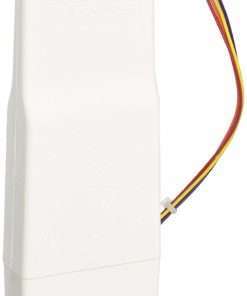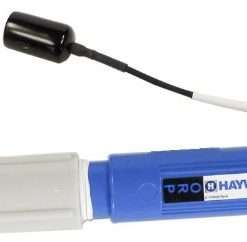How much power does a salt chlorinator use?
A salt chlorinator utilizes a great deal of power. An ordinary salt chlorinator can utilize something like 1,500 watts of power. That is a great deal of force!
Is salt framework better than chlorine?
Salt frameworks are many times seen as a superior choice over chlorine-based frameworks for controlling waterborne infections. Notwithstanding, there is some discussion about this case. One contention for salt frameworks is that they function admirably at diminishing the degrees of microscopic organisms and different impurities. Chlorine additionally functions admirably at killing off microbes, however it can likewise make harm pipes and different surfaces. Salt frameworks are more averse to cause these sorts of issues.
One more benefit to utilizing a salt framework is that it doesn’t need as much upkeep as a chlorine-based framework does. You really want to check the salt levels once in a while, yet you don’t need to supplant channels or perform different fixes. Salts additionally last longer than chlorine, so you will not need to burn through as much cash on substitutions after some time.
Be that as it may, there are a few downsides to utilizing a salt framework. In the first place, they can be more costly than chlorine frameworks. Second, they may not be successful at controlling specific sorts of microorganisms. Third, they can take more time than chlorine frameworks to work – some of the time as long as a few hours – so you might need to hold on until the water had opportunity and willpower to treat prior to utilizing it.
Does a salt chlorinator set aside cash?
With regards to home cleaning, one of the most widely recognized assignments is wiping out salt from your floor coverings. By utilizing a salt chlorinator, you can stay away from the need to utilize cruel synthetic compounds, which can be exorbitant.
A review distributed in the diary Natural Science and Innovation found that salt chlorination can save property holders a normal of $180 each year. The review took a gander at information on 368 families in Maryland that had homes with rugs treated with one or the other chlorine or sodium bicarbonate (baking pop).
The scientists found that the families who cleaned their floor coverings with chlorine spent about $225 more every year than the people who utilized baking pop. In any case, notwithstanding this additional expense, the analysts found that general floor covering cleaning with chlorine was more costly than with baking soft drink because of higher substance utilization.
It’s critical to remember these discoveries while choosing whether or not to put resources into a salt chlorinator. While they might give a few investment funds over the long run, they won’t really be worth the effort in the event that you wind up spending more cash on synthetics by and large.

















